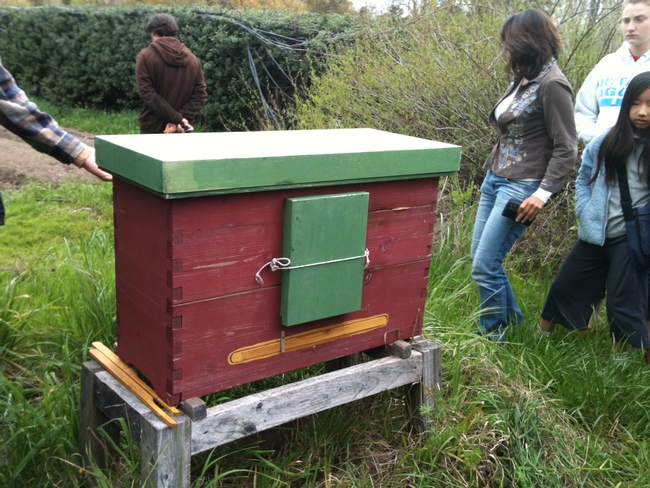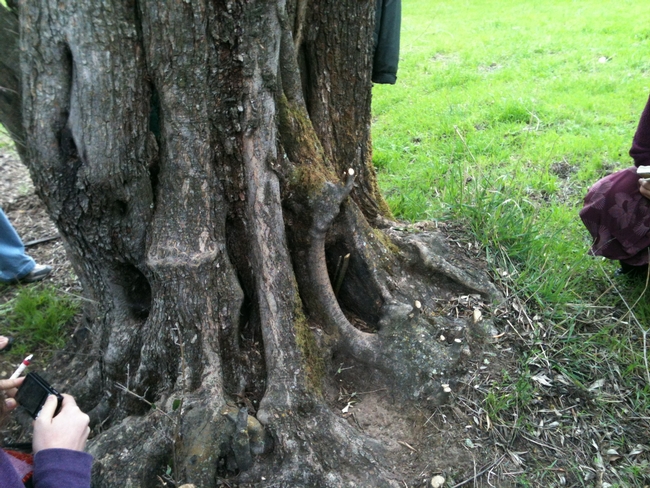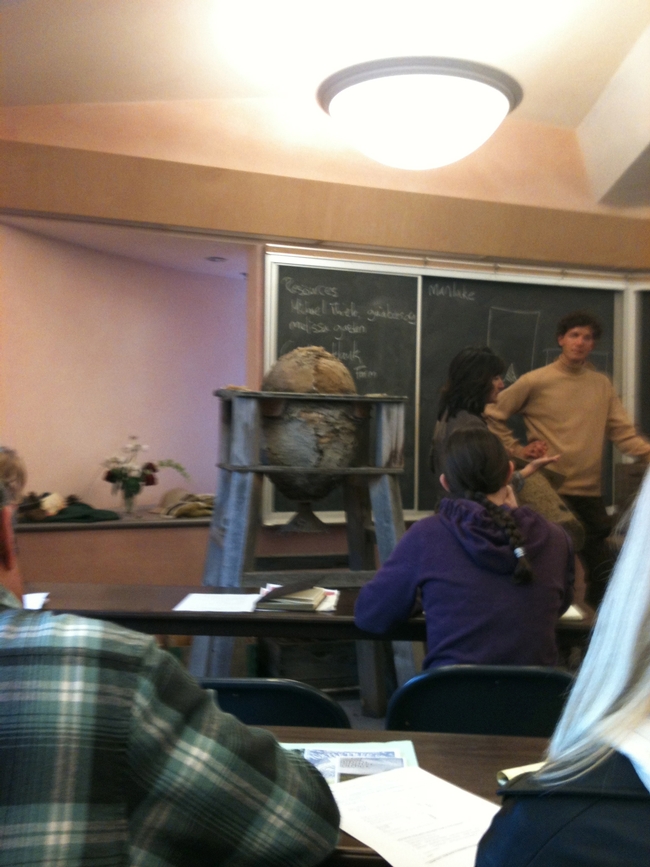This weekend, I had the good fortune of attending part 1 of a 3-part series on natural beekeeping, aka biodynamic beekeeping. I am smitten. This article will not address how to go about setting up for beekeeping; rather, this article will discuss generally, the concepts underlying biodynamic beekeeping.
The principles of biodynamic beekeeping flow from understanding and respecting the honeybee according to her essence and to design practices consistent with the honeybee’s instincts. The underlying belief is that when we, as people, do things that go against the honeybee’s instincts, we weaken their immunity to fend off diseases and negatively impact the honeybee’s overall health. Some of the foundational rules for biodynamic beekeeping are as follows:
- Biodynamic beekeepers do not use what is known as “foundation” (a piece of plastic that is inserted into a frame and upon which a honeybee would build her comb) except to attach a thin guiding strip to assist the bees directionally in building comb. If foundation strips are used, the wax to adhere the foundation strips, must be “organic.”
- The site upon which the hive is to be placed, must be level (for obvious reasons to avoid tipping). Consider adding a level to your beekeeping tools.
- By and large, honeybees are not treated for disease, etc., as biodynamic beekeeping is about managing bees correctly such that there is never, or at least, a reduced need for treatment against disease, etc.
- The wings of queens are not clipped and artificial insemination of the queen is not permitted.
- Leaving enough honey in the winter for the honeybees to overwinter. Bees are not to be artificially fed except during the winter to support the hive. A concoction known as “bee tea” which is comprised of a mixture of organic white sugar, water, chamomile, and honey is used to stimulate the bees.
The biodynamic beekeepers that I met, preferred to catch a swarm of bees to keep, rather than purchase packages of them, as they believe feral bees possess greater immunity against disease and tend to have healthier queens. For those who prefer not to catch a swarm, a really ingenuous method to have a feral swarm come to you, is to use a “lure” as shown below. It is essentially a large flower pot with a hole cut out at the bottom and a lid screwed on at the top. Beeswax and lure (a scent consisting of lemon balm which can be purchased at a beekeeping supply store) are applied in the inside of the opening/cut-out and the “flower pot” is hung near trees where bees have been spotted. Bees swarm from the spring to autumn, and during that period, there is a decent chance that a swarm may decide to make your “flower pot” its home. With the right tools and training, you can transfer the colony from the “flower pot” to your bee box.
Stay tuned for part 2 of this series on caring and maintaining the hive, come June.
Attached Images:

Bee box. (photos by Betty Homer)

Feral hive.

Round bee hive.